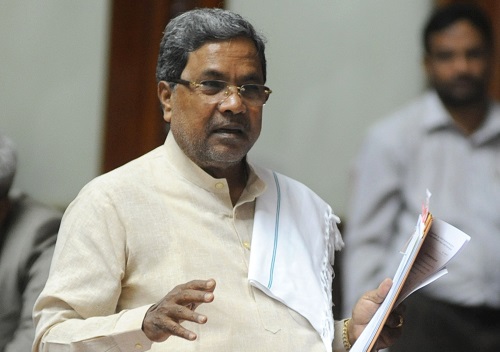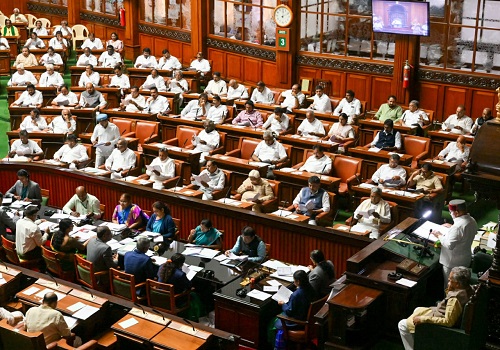4.75 cr additional persons joined the workforce in 2 years: Economy Survey

Follow us Now on Telegram ! Get daily 10 - 12 important updates on Business, Finance and Investment. Join our Telegram Channel
Between 2018-19 and 2019-20, about 4.75 crore additional persons joined the workforce in the country, which is about three times more than the employment created between 2017-18 and 2018-19, according to the Economic Survey 2021-22 released on Monday.
The rural sector contributed much more to this expansion as compared to the urban sector at 3.45 crore and 1.30 crore, respectively. Further, among the additional workers, 2.99 crore were females (63 per cent).
About 65 per cent of the additional workers joined in 2019-20 were self-employed. About 75 per cent of the female workers who joined as self-employed were ‘unpaid' family labour.
About 18 percent of the additional workers were casual labourers while 17 per cent were regular wage/salaried employee.
Further, the number of unemployed persons in 2019-20 also decreased by 23 lakh, constituting largely males from the rural sector.
Of the additional persons who joined the workforce in 2019-20, close to 90 per cent were in the informal nature of employment and more than 98 per cent were in the unorganised sector. About 91 per cent of additional workers were in unorganised/informal sector.
Meanwhile, MGNREGS employment peaked during the nationwide lockdown in 2020. The demand for MGNREGS work has stabilised after the second Covid wave and aggregate MGNREGS employment is still higher than the pre-pandemic level.
During the nationwide lockdown, the aggregate demand for MGNREGS work peaked in June 2020, and has thereafter stabilised. During the second Covid wave, demand for MGNREGS employment reached the maximum level of 4.59 crore persons in June 2021.
Nonetheless, after accounting for seasonality, the demand at an aggregate level still seems to be above the pre-pandemic levels of 2019. For some states like Andhra Pradesh and Bihar, the demand for work under MGNREGS has reduced to below the pre-pandemic levels during the last few months.
Intuitively, one may expect that higher MGNREGS demand may be directly related to the movement of migrant labours, i.e., the source states would be more impacted.
Nevertheless, state-level analysis shows that for many migrant source states like West Bengal, Madhya Pradesh, Odisha and Bihar, MGNREGS employment in most months of 2021 has been lower than the corresponding levels in 2020.
In contrast, the demand for MGNREGS employment has been higher for migrant recipient states like Punjab, Maharashtra, Karnataka and Tamil Nadu for most months in 2021 over 2020.
There are still other states that do not neatly fit into this categorization. Therefore, the relationship between MGNREGS employment and movement of migrant labour during the last two years cannot be conclusively determined, and requires further research, the Survey said.












 320-x-100_uti_gold.jpg" alt="Advertisement">
320-x-100_uti_gold.jpg" alt="Advertisement">












